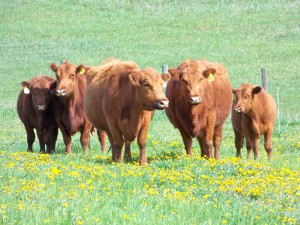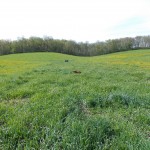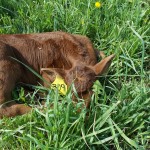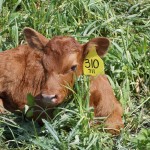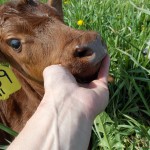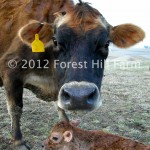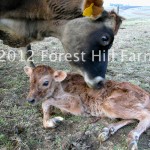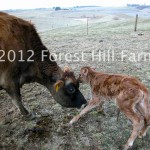The Efficiency of Grazing Cattle
Working on time management skills? You might just learn a thing or two from a cow. In the 1940's Cornell University studied cattle to see how they spent their time each day. Andre' Voisin's book, Grass Productivity has the detailed study on the efficiency of grazing cattle.
The university studied cow-calf pairs on pasture. Observers learned that cattle graze for a little less than eight hours per day. No over-time for bovine. They never exceed eight hours of grazing time.
Spend time Wisely
The cattle spent about seven hour per day ruminating (chewing their cud). The time differed slightly depending on the fiber content of the forage. Some ruminating is done lying down and part standing up.
Cattle lie down for slightly less than twelve hours per day. Cows divided these 12 hours into nine rest periods of varying length.
The cattle in the study didn't deviate in their daily routine. When they replicated the study in other countries the cattle showed the same results. In areas with hotter daytime temperatures the cattle spent no more than eight hours grazing, but they did it at night. The slight variances by breed or heredity weren't much different, they didn't change the study's results.
Quality is Everything
Here's where the efficiency of grazing cattle matters.; If cattle spend eight hours grazing each day quality is everything. If they're grazing poor pastures without nutrient dense forage they're basically spending eight hours eating junk food. Eight hours of quality forage, either pasture or hay, boost the cattle’s health. Feeding quality produces quality results.And how they're grazing matters, too. MIG grazing improves soil quality and prevents erosion.
If you're spending eight hours at something be sure to get the greatest return from those hours. Junk in - junk out. Quality counts. With organic production It's about quality not quantity.
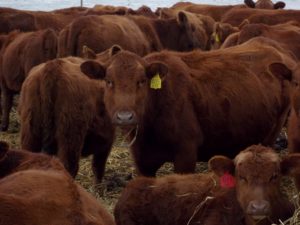
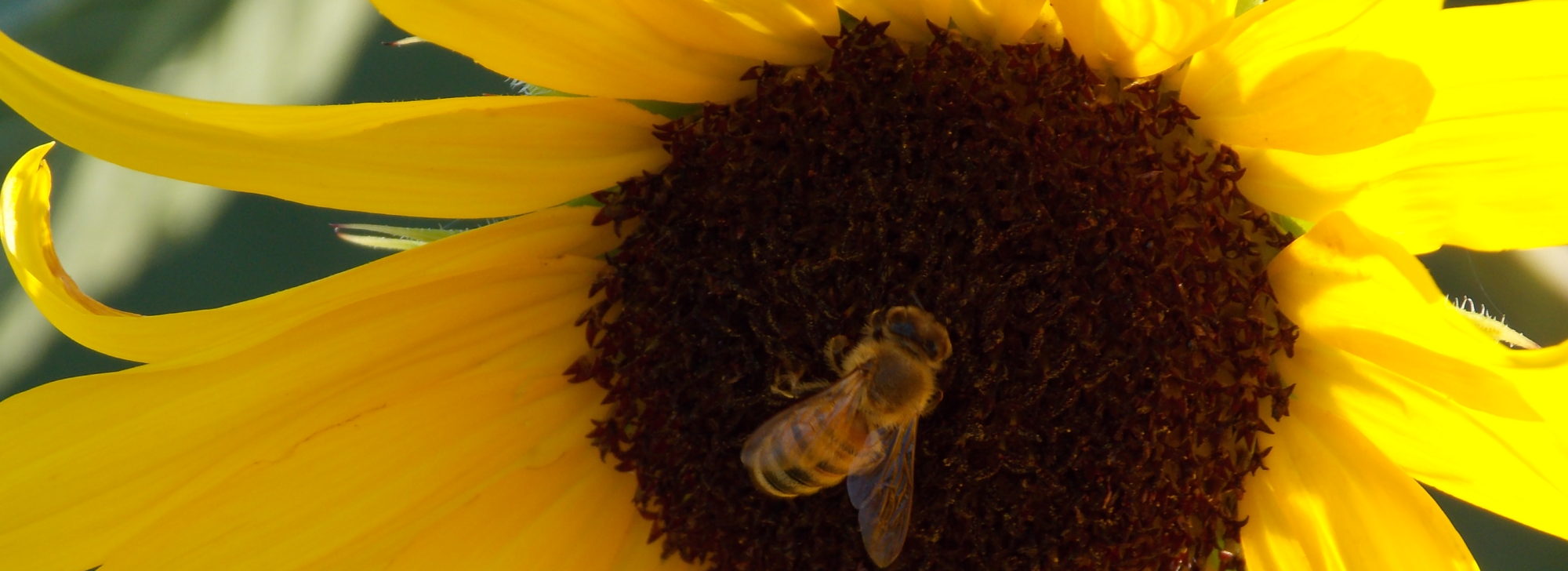
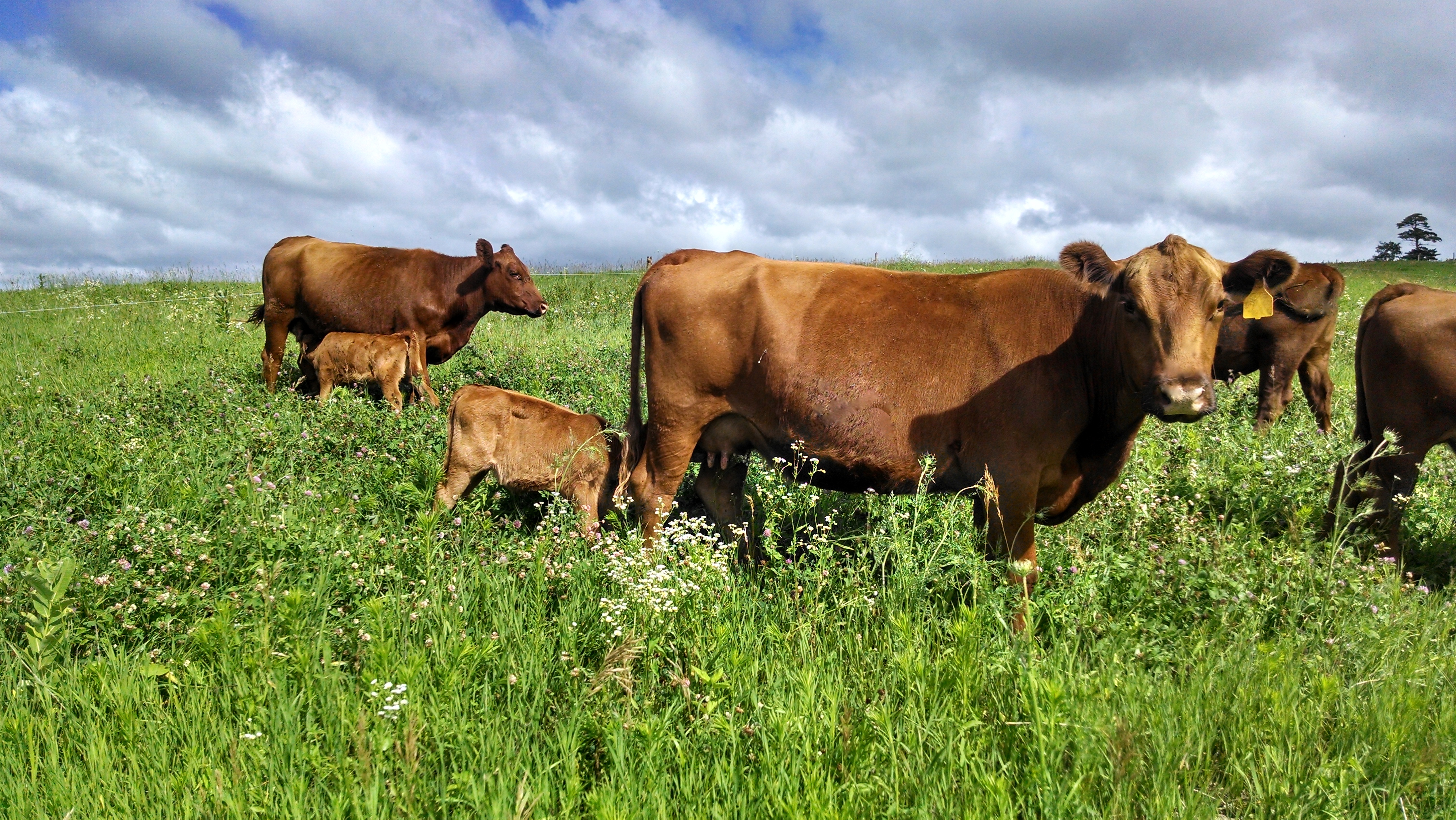

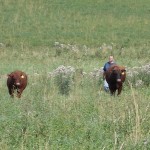
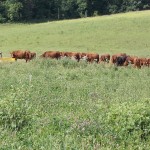
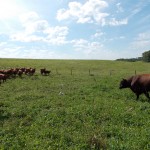
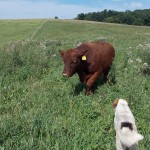
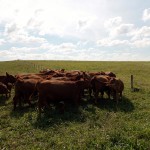
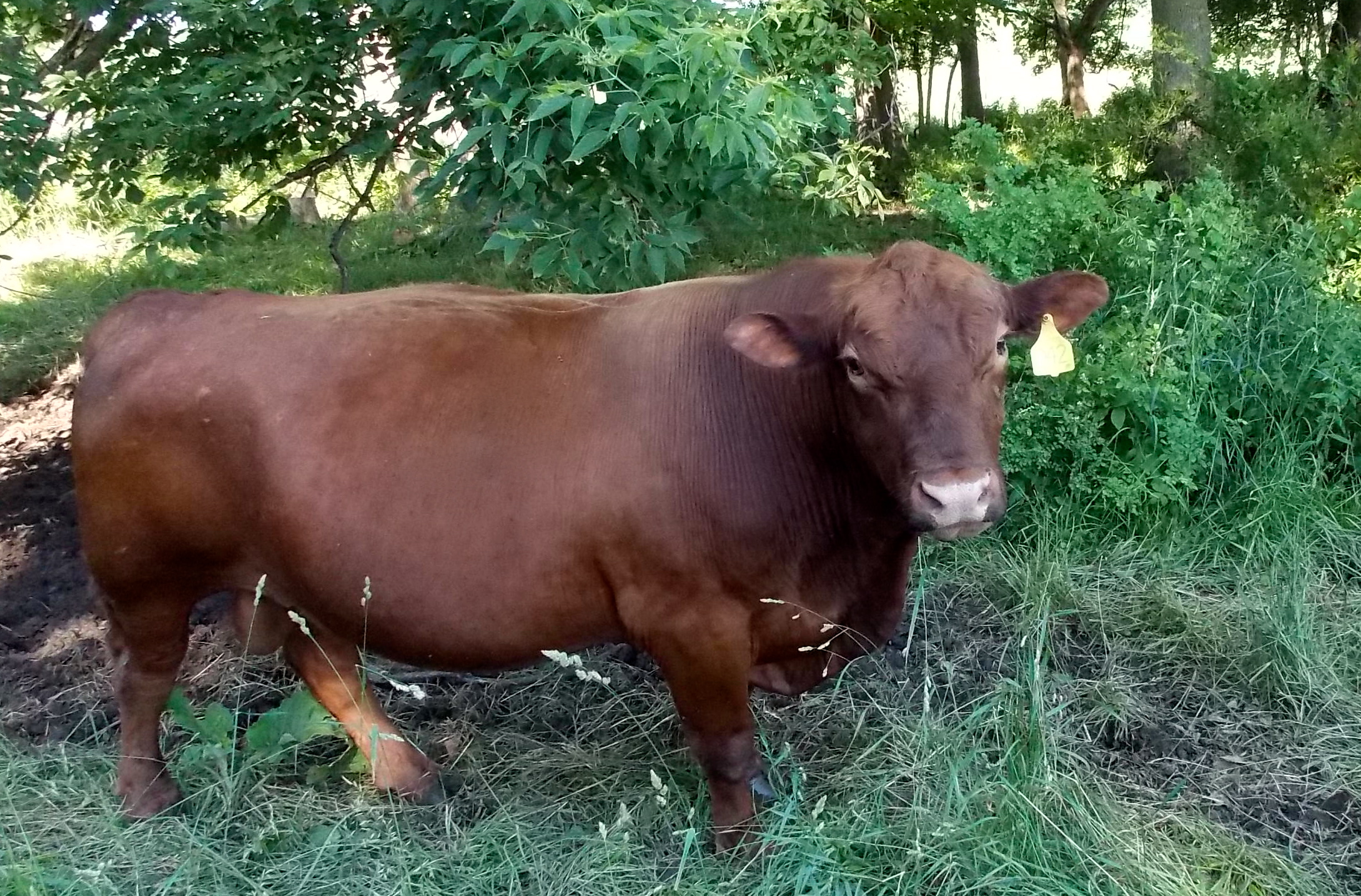
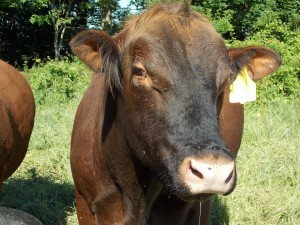
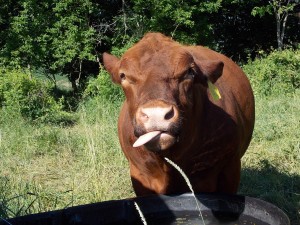
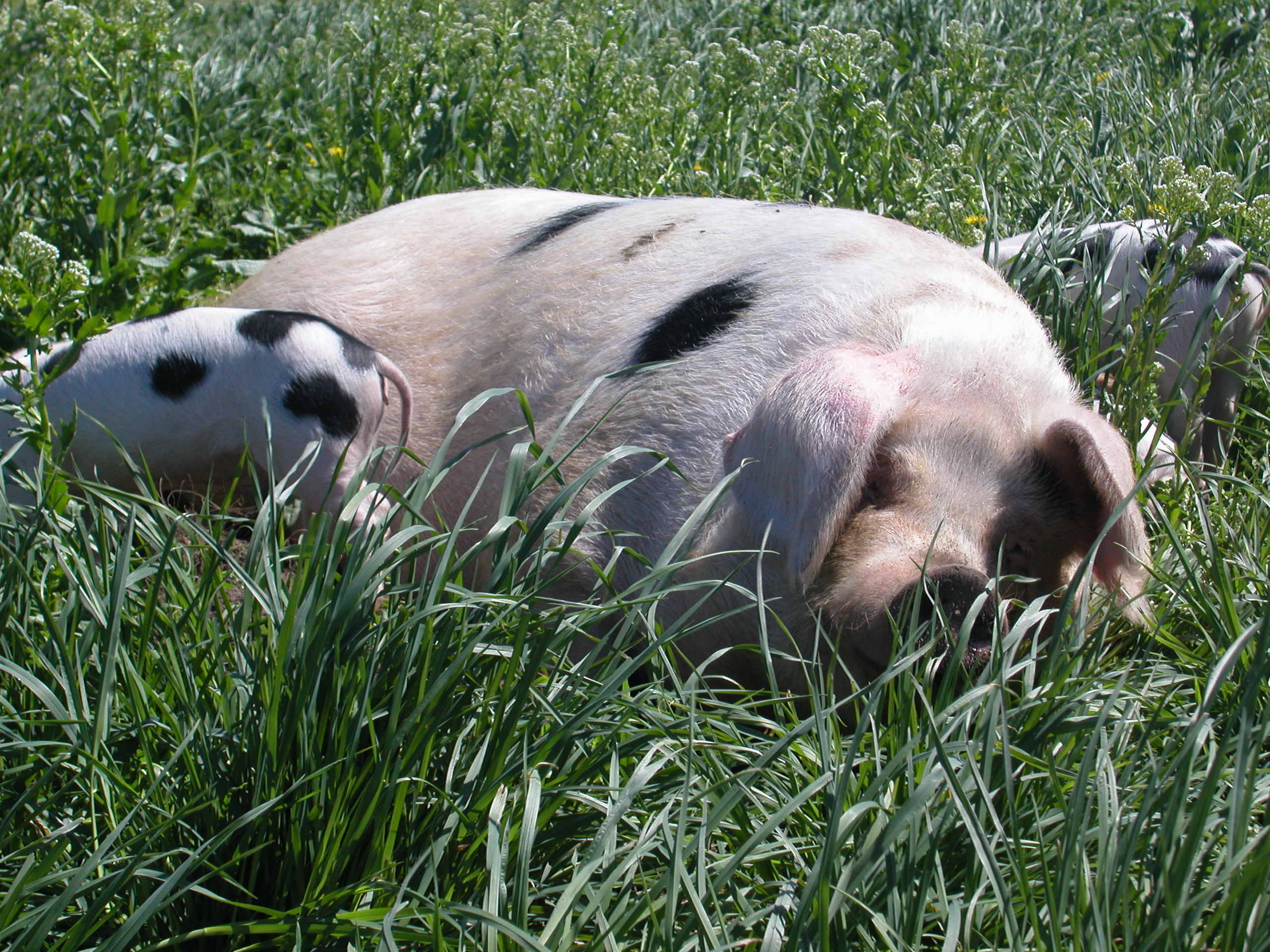
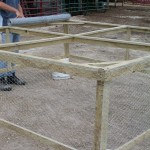
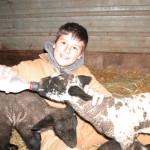
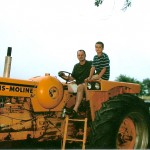
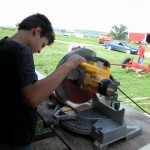
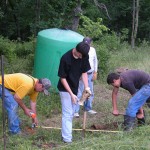
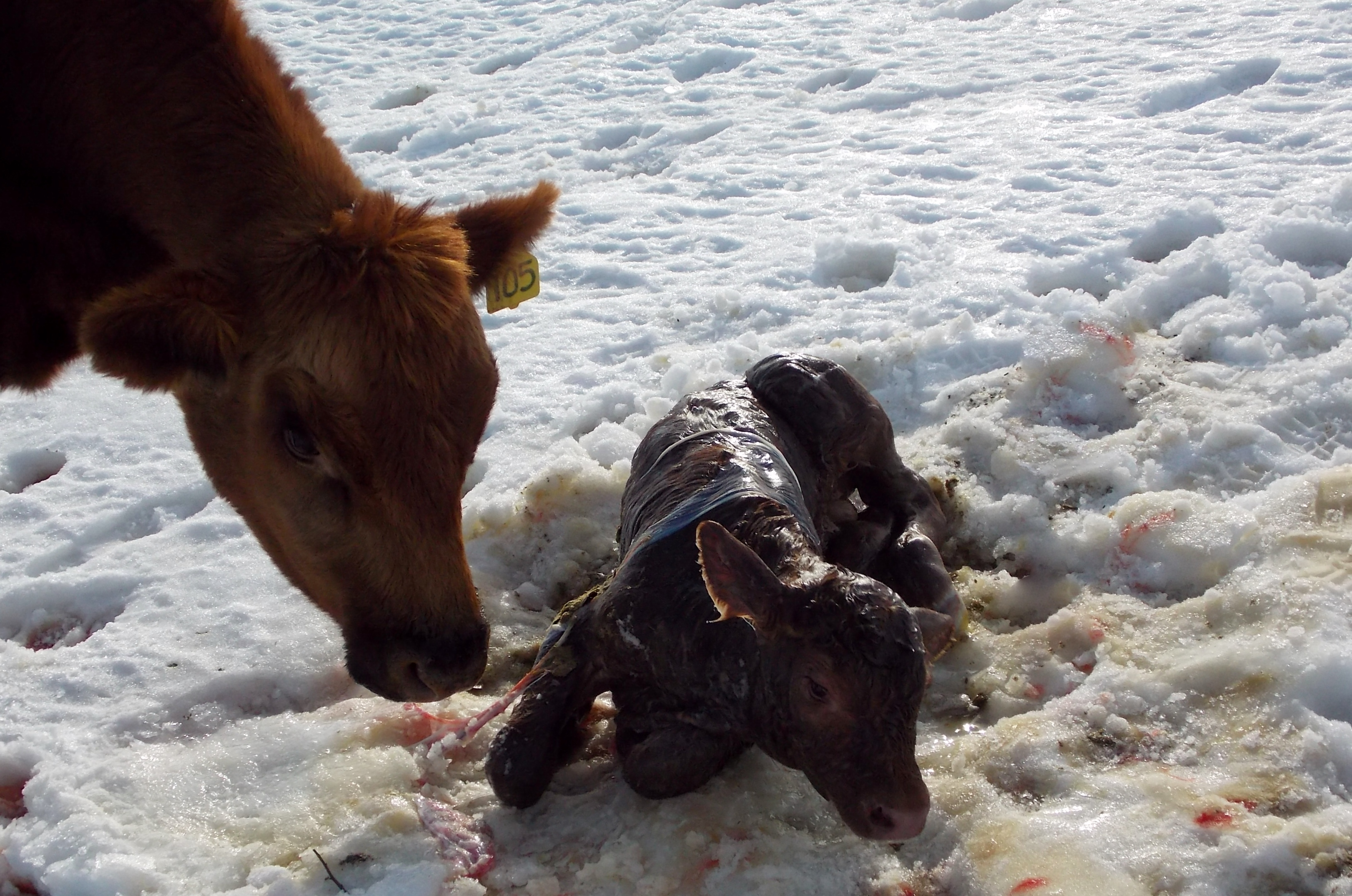
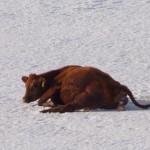
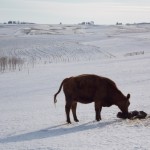
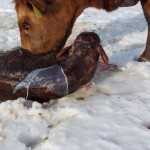

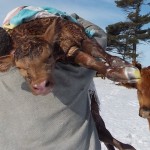
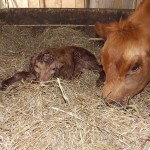
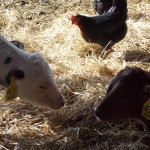
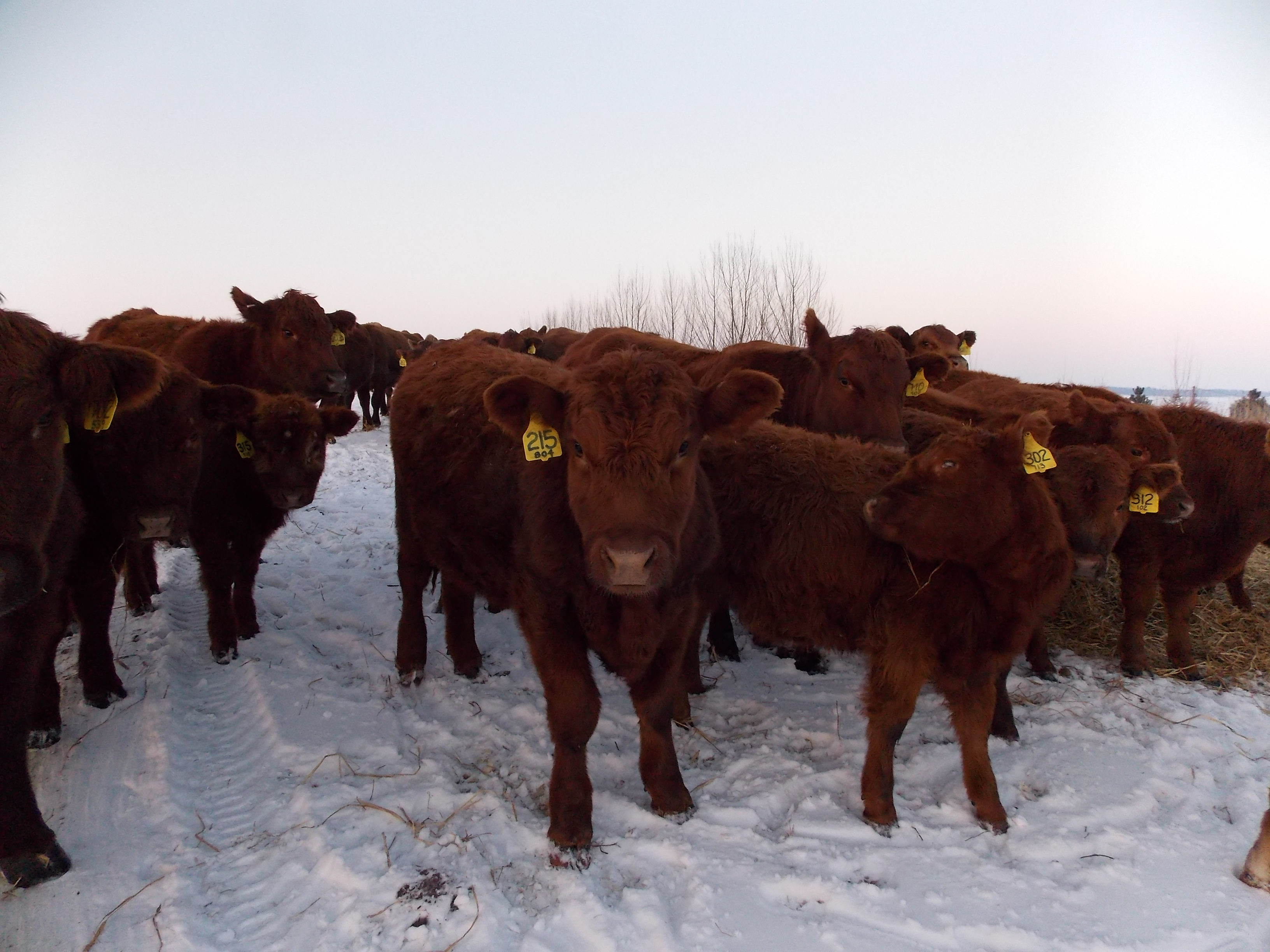
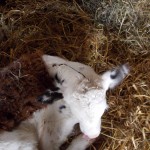
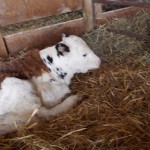
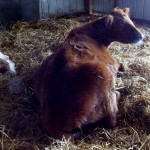
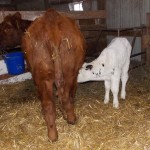

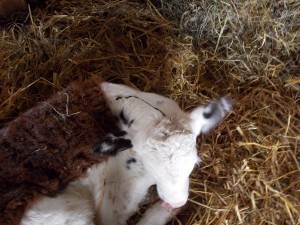
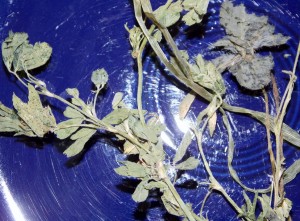 Keith brought a sprig of alfalfa into the kitchen. “The cows were pretty happy with their breakfast this morning.”
Keith brought a sprig of alfalfa into the kitchen. “The cows were pretty happy with their breakfast this morning.”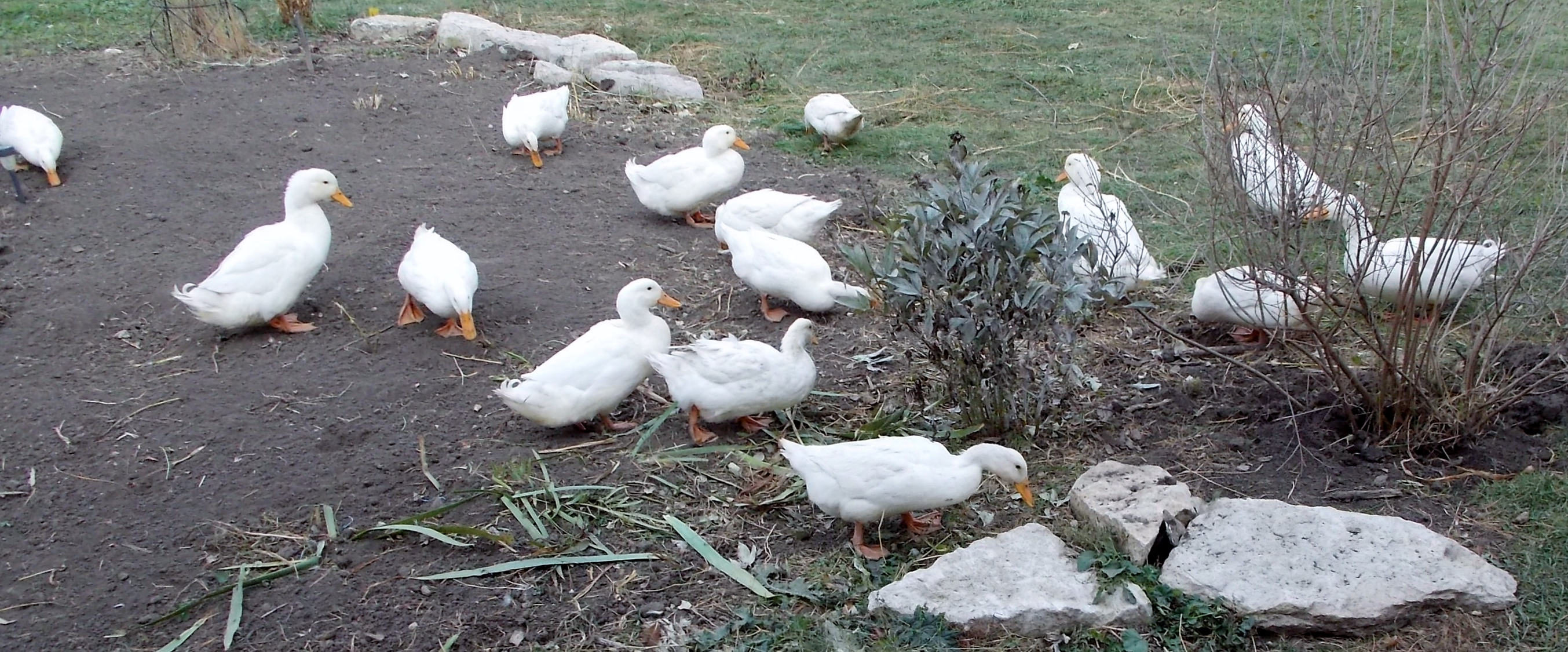
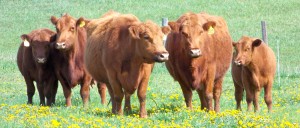 There are a couple of aging cows on the farm, numbers 049 and 005 are the oldest. Both are in excellent health, there's nothing to worry about, but I worry anyway. The issue is; Can they withstand a harsh winter?
There are a couple of aging cows on the farm, numbers 049 and 005 are the oldest. Both are in excellent health, there's nothing to worry about, but I worry anyway. The issue is; Can they withstand a harsh winter?